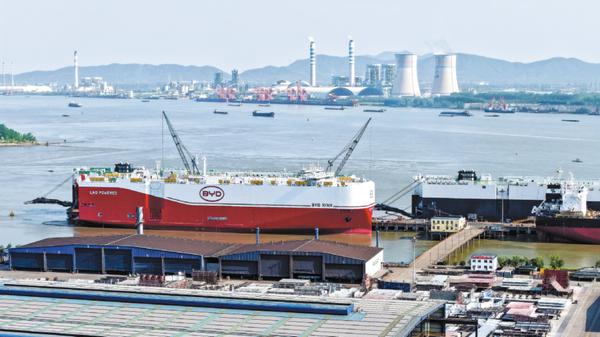
The BYD Xi'an roll-on/roll-off ship under construction in Yangzhou, Jiangsu province, on May 1. (CHEN YANG/FOR CHINA DAILY)
China's automobile exports are experiencing a remarkable surge driven by logistic upgrades and new energy vehicle dominance.
Chinese leading NEV maker BYD received its sixth roll-on/roll-off ship on Tuesday. Named BYD Changsha, the vessel is capable of carrying 9,200 vehicles.
Three days before that, the company received another ship with the same capacity named BYD Xi'an. That ship has set sail from Taicang, Jiangsu province, in eastern China. It is heading toward European countries including Italy, the United Kingdom, Spain, and Belgium.
With two more vessels scheduled for delivery this year, BYD will boost the fleet's annual capacity to more than 60,000 vehicles, enhancing overseas delivery efficiency, cutting costs and transport cycles for BYD. The logistics expansion also mirrors the broader industry's push to conquer global markets.
This maritime upgrade comes as China's automobile exports hit 2.83 million units from January to May, growing 16 percent year-on-year, according to data from the China Passenger Car Association.
In the first five months, the primary destinations for these exports included Mexico, the United Arab Emirates, Russia, Brazil, and Belgium.
Notably, the UAE and Mexico experienced the largest increases from the corresponding period in 2024, with rises of 74,046 and 47,595 units, respectively. Conversely, Russia saw a decline of 64 percent year-on-year. This was due to Russia's policy of protecting its domestic auto industry, including higher car loan rates and a scrap tax on imports.
In May alone, China recorded 682,000 vehicle exports, up 20 percent year-on-year and 12 percent month-on-month.
NEVs emerged as the growth engine, with 296,000 units exported in May, accounting for 43 percent of total exports. Cumulative January to May NEV exports reached 1.16 million units, up 33 percent year-on-year.
Cui Dongshu, secretary-general of the CPCA, said that Chinese NEV exports in 2025 performed better than expected. Plug-in hybrids and hybrids are replacing pure electric vehicles as growth drivers, especially plug-in hybrid pickups which stand out among commercial vehicle exports.
Cui added that Chinese NEV exports are undergoing a transformative phase of high-quality development with a strategic focus on the Middle East and developed economies, especially markets in Western Europe and Asia.
At the Chongqing auto show in mid-June, Huang Zhiming, chairman of Shanghai Zhida Technology Development, put forward a three-step framework for Chinese automakers seeking international expansion. He emphasized the importance of "going out" to boost market share and brand recognition; "going in" for local production and sales establishment; and "going up" to elevate product quality, technology, and brand image for enhanced global competitiveness.
Huang also underscored the importance of close collaboration with local industries, governments, and enterprises to assist market penetration and gain local acceptance.
Automakers like BYD and Chery are leading the vanguard of China's automotive global expansion.
Chery shipped 442,000 vehicles in the first five months of 2025, up 1.6 percent year-on-year. BYD's exports doubled year-on-year to 382,000 units during the same period.
Duval de Vasconcelos Barros, Brazil's deputy consul general in Chengdu, said Chinese NEV brands sold more than 110,000 units in Brazil in 2024, capturing a market share of 65 percent.
"Chinese automakers BYD, Chery, and Great Wall have already invested in building factories in Brazil, and GAC Group also plans to establish a plant in Brazil in the second half of 2026," he said, adding localizing production in Brazil is becoming one of the best choices for Chinese automakers to expand into the Latin American market.
Besides, global market expansion necessitates a nuanced approach that takes into account regional specifics.
Thailand, which currently has only one EV testing laboratory, has called on Chinese automakers entering Thailand to not only introduce NEVs and technology but collaborate to establish more EV testing labs, enhancing the country's infrastructure and consumer confidence in EVs.
Edmund Araga, president of the Electric Vehicle Association of the Philippines, said that the country values the fusion of foreign and local standards in promoting NEVs. They look forward to Chinese automakers sharing local case studies upon entering the market.
The China Association of Automobile Manufacturers forecasts export growth to slow to 5.8 percent in 2025, ending an era of hyper-expansion. Yet the NEV sector remains robust, fueled by technological innovation and rising demand in developing and developed economies alike.








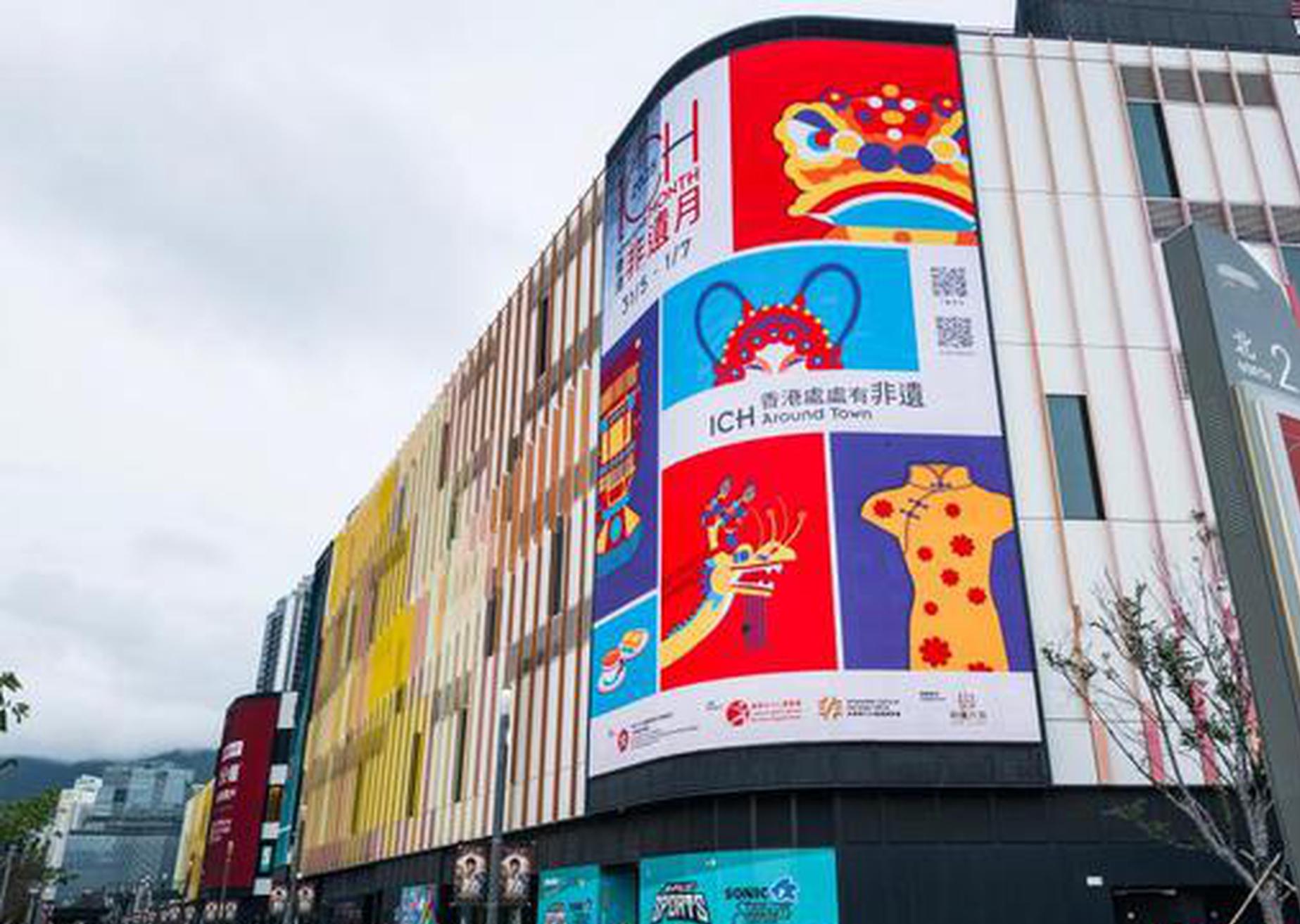

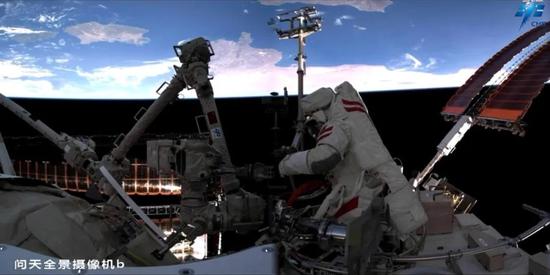
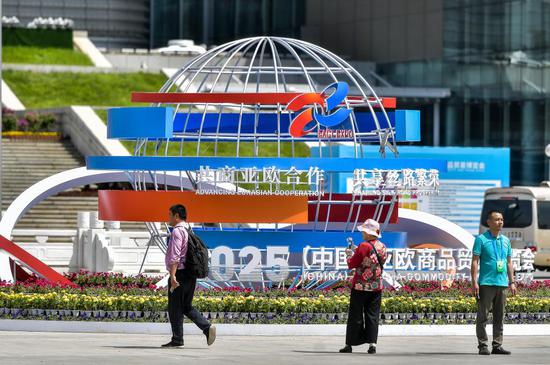
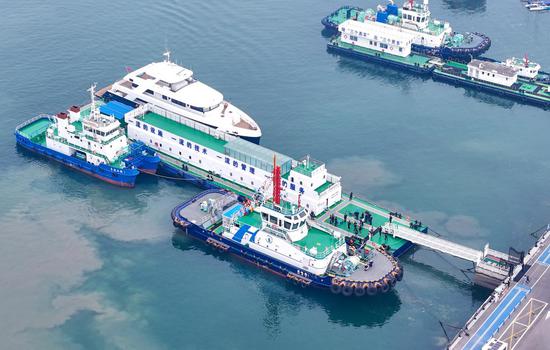



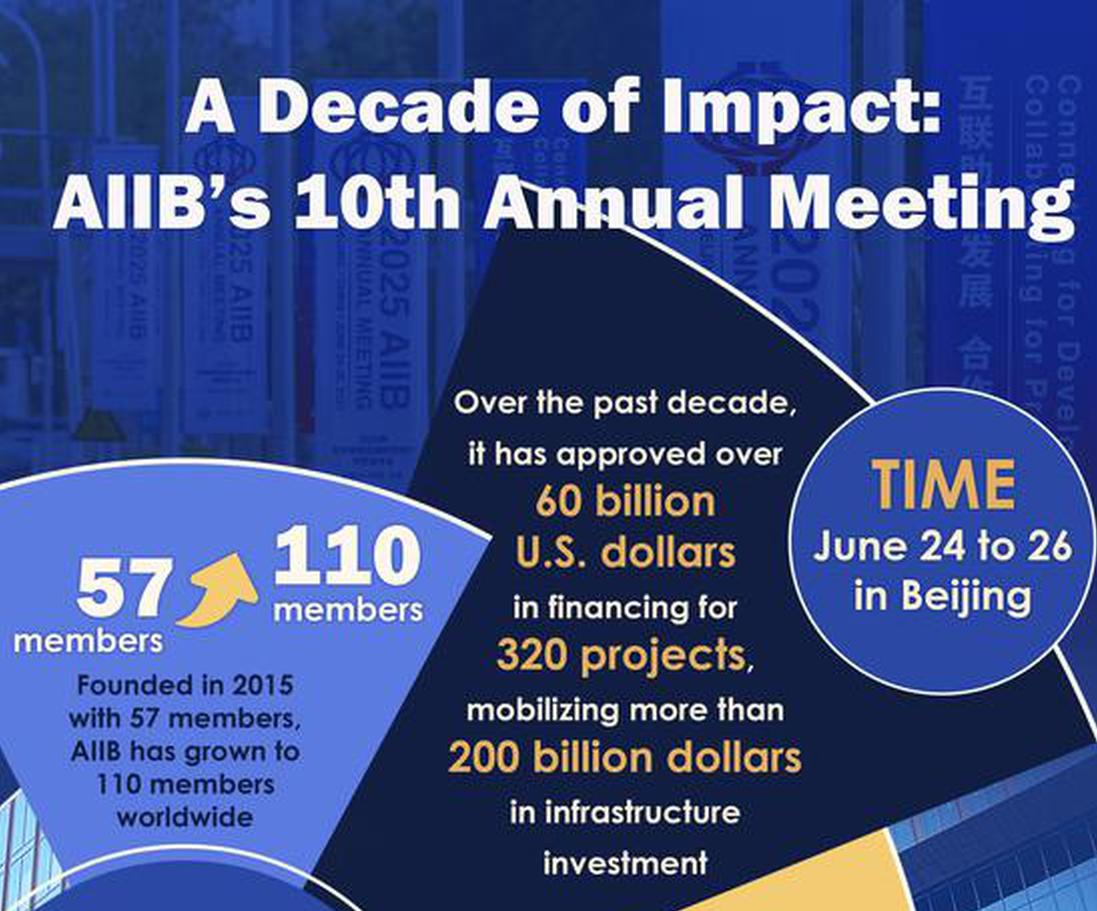
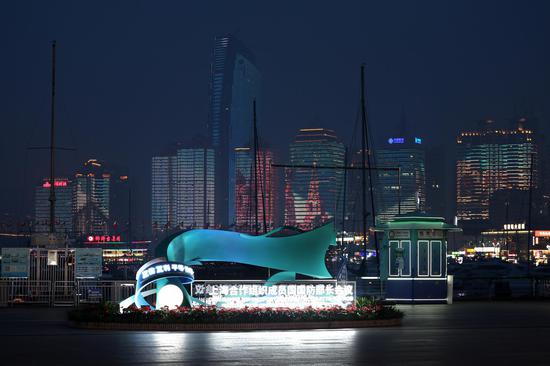



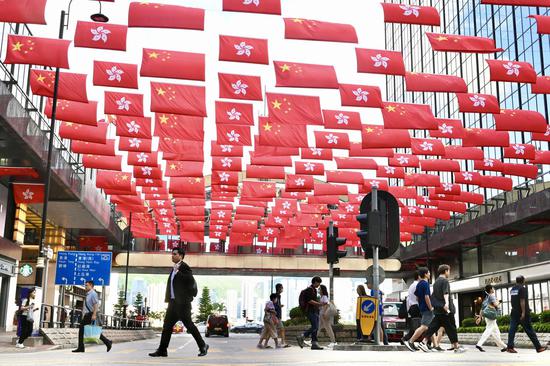



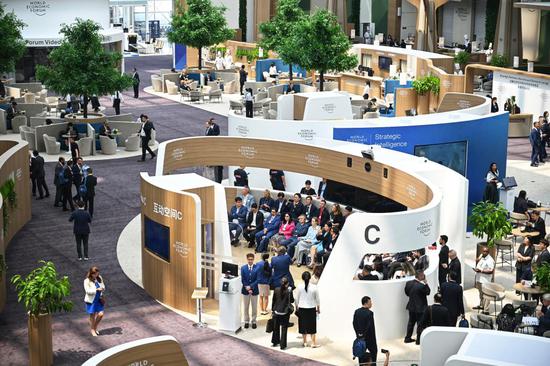





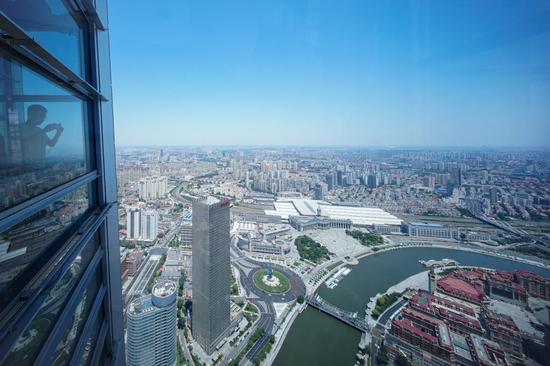



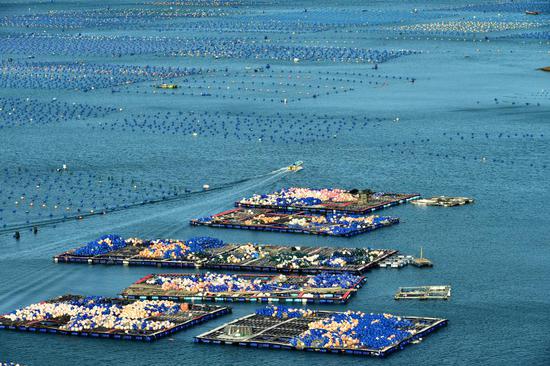


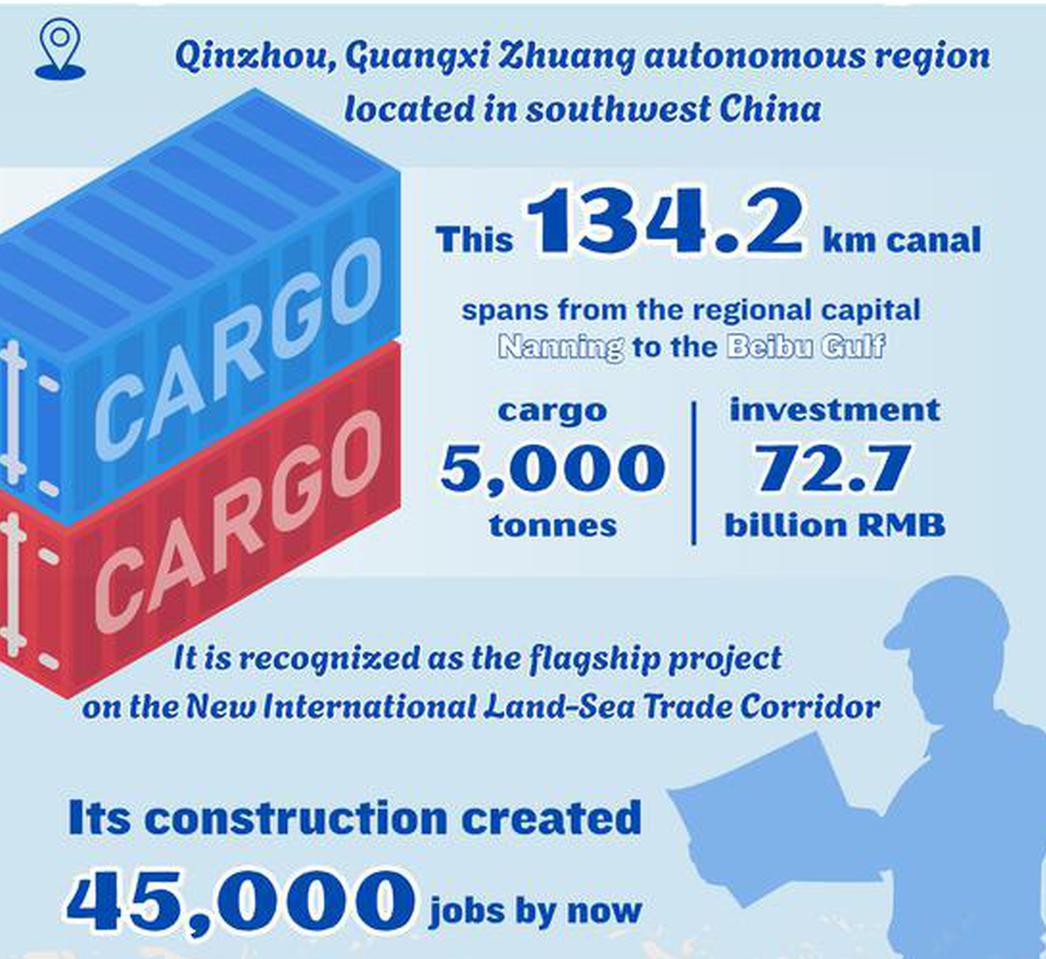

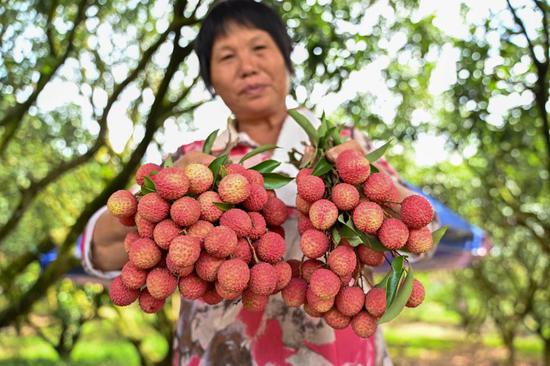

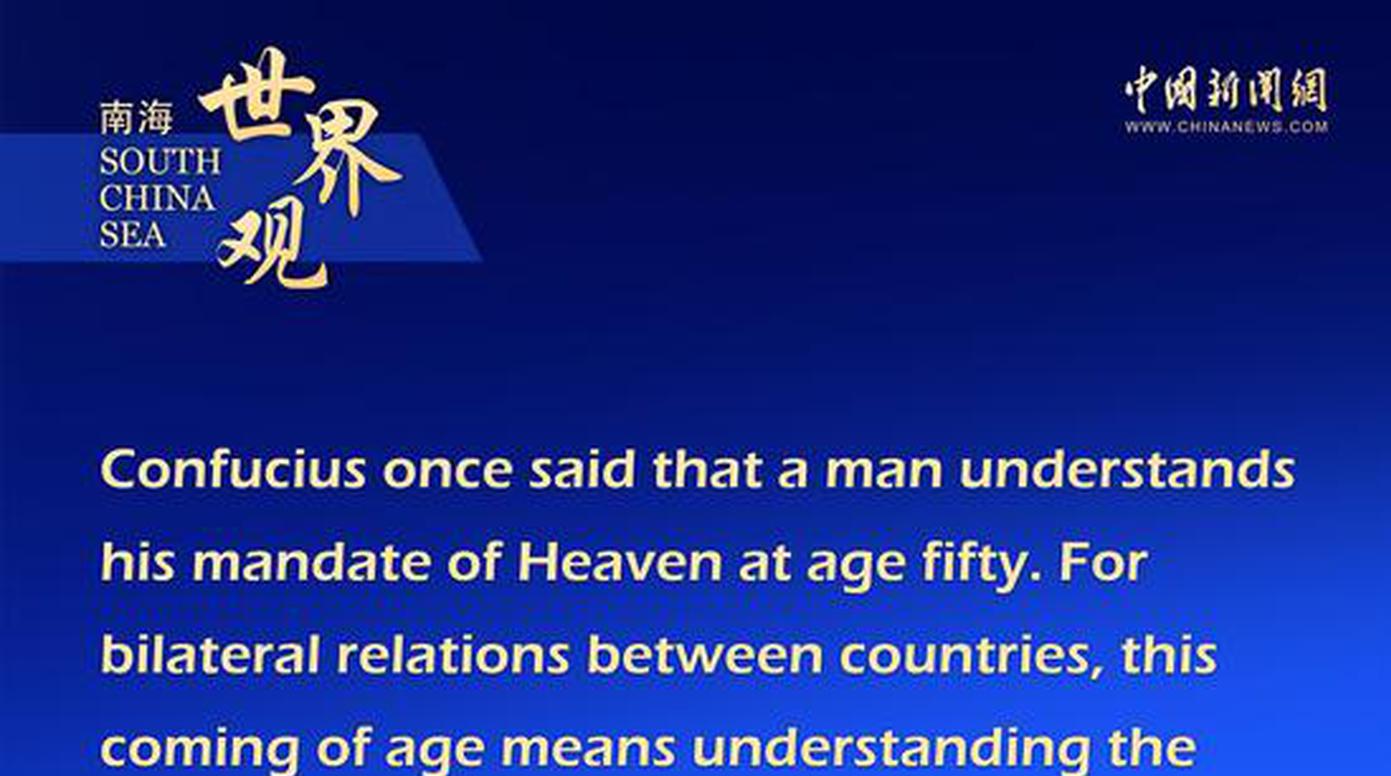
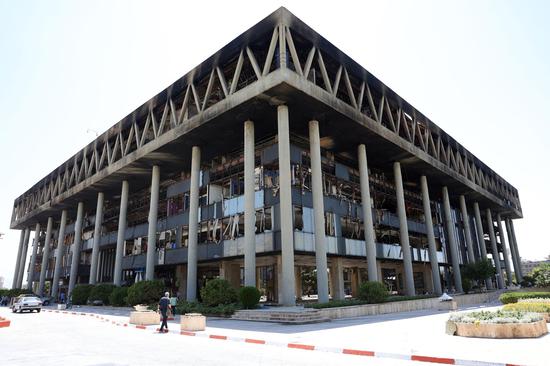




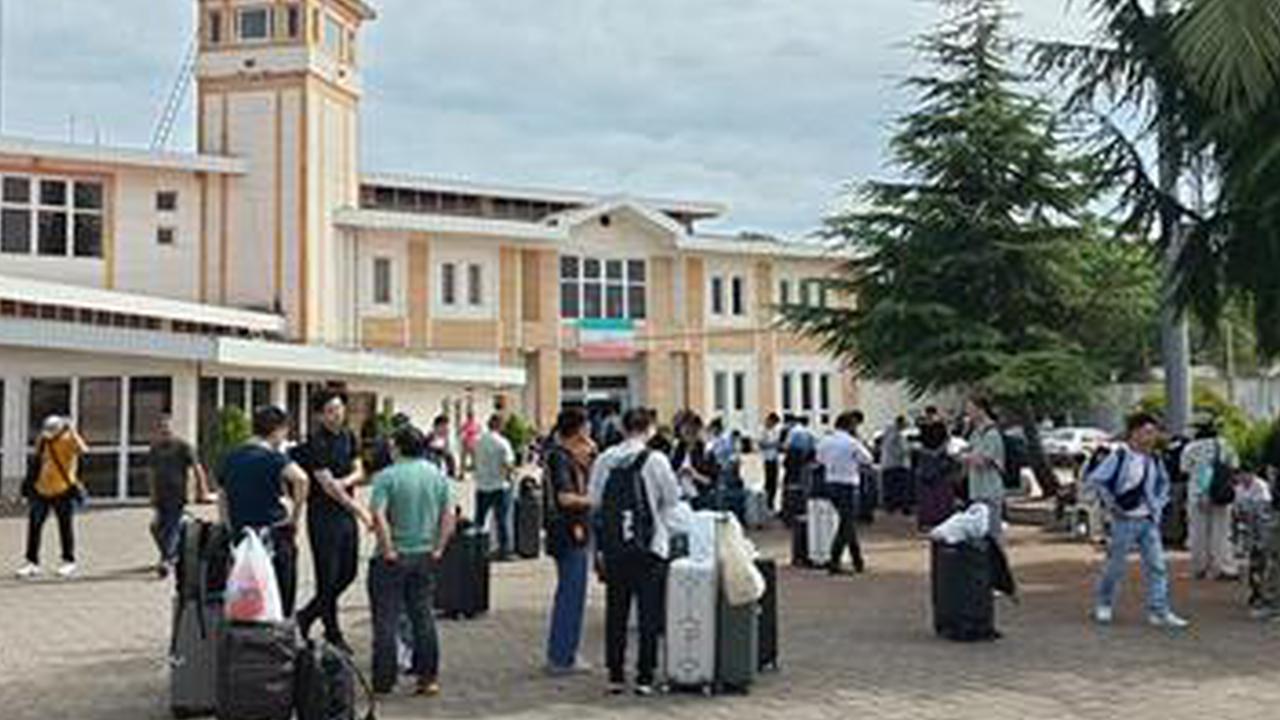

 京公網安備 11010202009201號
京公網安備 11010202009201號